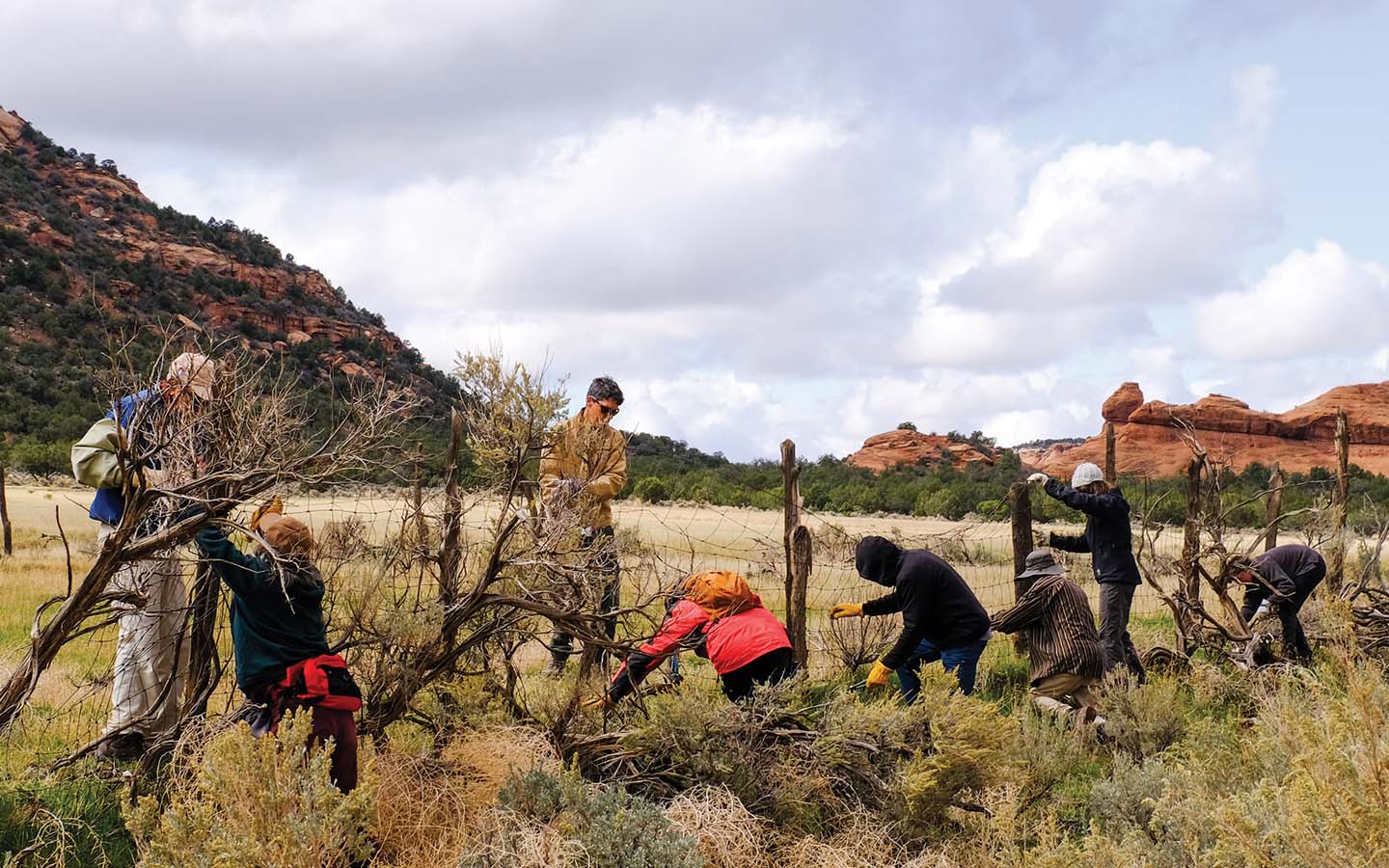
How to collaborate for landscape-scale restoration
What does it take to do restoration at scale, and manage large, multi-jurisdictional landscapes for a suite of ecosystem services? The answer is collaboration. But what makes collaboration successful?
Kris Hulvey, rangeland monitoring guru and founder of research firm Working Lands Conservation, says, “In my current work in Utah on the Three Creeks project, in a landscape of more than a million acres, a group of 38 permittees, four government agencies and a bunch of non-profit and university scientists are all working together to alter grazing on public lands in order to improve water quality, sage grouse habitat and the rangeland plants that support rancher livelihoods.” More of this kind of work is needed, Hulvey says, and so it is important for everyone involved to understand, at least, the basic building blocks of successful partnerships.
We asked Hulvey to share the building blocks she has identified with On Land.
A shared problem or goal. Examples include an endangered species, wildfire recovery or prevention, invasive species mitigation, community security or economic revitalization, and many more.
Trust. Hulvey notes that at a minimum, earning trust requires local champions willing to vouch for the need for collaboration and the process by which it will happen. There should be a sense among the group that everyone who ought to be is at the table. A skilled neutral facilitator can be a plus, she says, “but since they aren’t often available, I wouldn’t want people to feel they couldn’t jump into collaborative processes without one!”
“Backbone” logistical support. Without someone to find meeting venues; send invitations, reminders and directions; provide snacks and coffee; take photographs, minutes and notes; and manage follow-up, meetings are unproductive and energy quickly dwindles. “People often underestimate the scale and importance of this role,” Hulvey says.
Transparent and trusted science as guardrails for action. A basis of commonly agreed-upon facts, digested by partners through unguarded dialogue in partnership meetings, is critical for development of project goals and activities. “Such open communication can eliminate barriers related to jargon, and allow people to process information in the context of their own experiences on the landscape.”
Hulvey pointed us to an essay she authored in 2019 for the California Society for Ecological Restoration, titled “Collaborative Approaches for Landscape-scale Restoration,” for more detail. Read the essay: onland.link/hulvey




